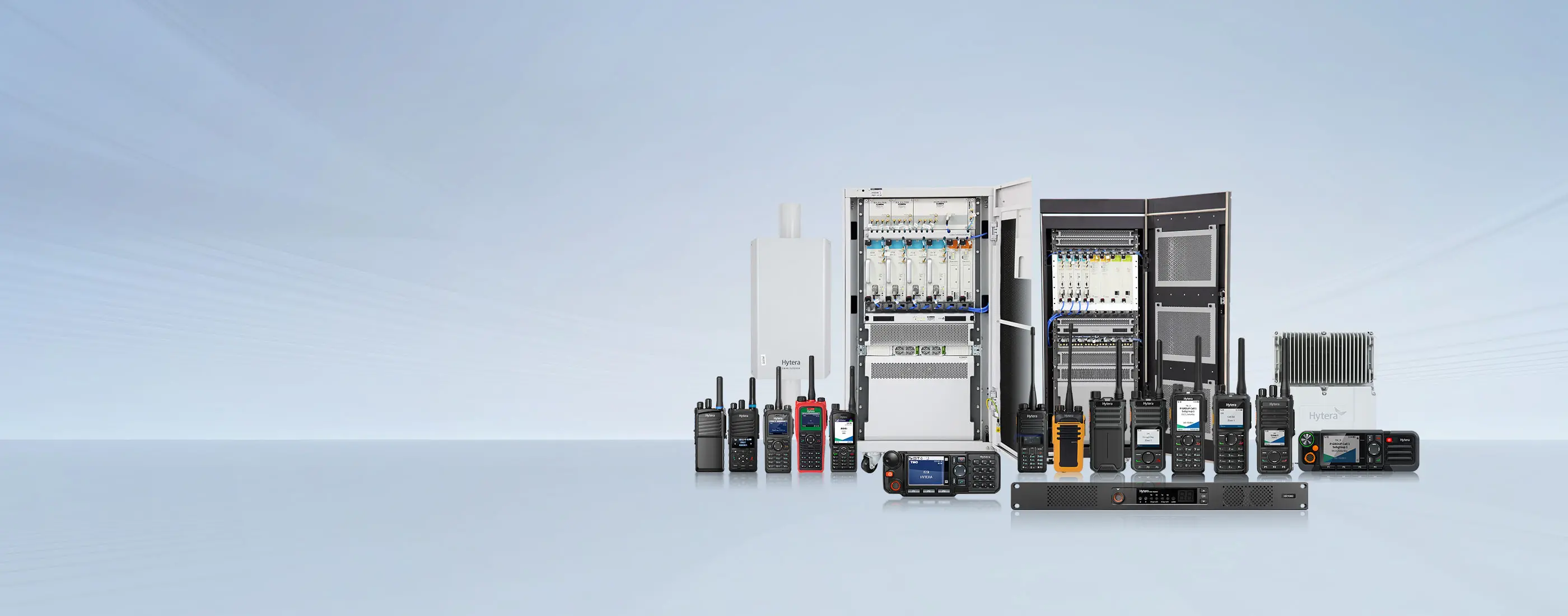
What does Professional Mobile Radio Mean?

Who are Using Professional Mobile Radios?
Professional mobile radio was developed for business users who need to maintain contact with a central base station (also known as a dispatcher) over relatively short distances. These systems are used by police, fire brigades, ambulance and emergency services, as well as commercial companies such as taxis and logistics services. Professional mobile radio network consists of one or more base stations and multiple mobile terminals.
The Development and Future of Professional Mobile Radios
From earlier technologies, professional mobile radio systems have developed into ’trunked’ systems, represented by standards such as TETRA and DMR. Trunking is a technique for sharing communication network resources that also enables multiple base stations to be connected and provide wider coverage than a single base station.
Professional mobile radio systems are widely adopted by various industry verticals and user groups. According to the latest market research report, the global professional mobile radio system market is expected to grow at a compound annual growth rate of 9.1%, and by 2027, the market size is expected to reach 33.54 billion US dollars.
Hytera as the world's leading provider of professional communication technologies and solutions, focused on professional mobile radio technology and market for many years. Together with dealers, integrators and partners, we have installed more than 4,000 networks, serving more than 15 million users in over 120 countries and regions, help customers in public safety, energy, transportation, utilities, commercial and other industries be the best in the vertical.

Key Features of Professional Mobile Radios
Due to the openness of various standards of professional mobile radios, in the process of technological development, the professional mobile radio systems provides the security, scalability and functions required by professional communication networks. The main features of professional mobile radio systems include:
-
One-to-many Communication
Different from the point-to-point communication of mobile phones, professional mobile radios can communicate one-to-many. The transceivers of all radios are usually in the receiving state. If any radio initiates a speech, all radios on the same frequency channel can listen to the call.
-
Push-to-talk
Push-To-Talk connects you and your teammates quickly. When you press the PTT button, your voice is transmitted to other players on the same channel as you for a short time. This helps provide communication efficiency and get work done quickly.
-
Security and Encryption
For mission-critical environments, such as frontline public safety, the importance of maintaining a secure, private network is paramount, and professional mobile radio systems require security mechanisms to provide security throughout the business process and multiple layers of end-to-end encryption.
-
Large Communication Range
The communication range of a single professional mobile radio is limited. We can increase the communication distance by increasing the transmission power or raising the antenna, or we can expand the range through repeaters. With a trunking system, multiple base stations can be connected and provide wider coverage than a single base station.
-
Call Priority
Professional mobile radio systems are mostly half-duplex, where multiple radios share a common radio channel, only one can transmit at a time, and you won't be able to transmit when someone is occupying the channel. However, you can set the priority call right, so that in an emergency, you can directly press the PTT button to forcibly interrupt the existing call and send an emergency message.
-
Different Communication Frequencies
Professional mobile radios usually use UHF (Ultra High Frequency) or VHF (Very High Frequency) frequency bands in different scenarios to obtain better communication quality. UHF performs well in penetrating walls and concrete at close range, and works better in indoor and urban areas. VHF can travel farther with few obstructions, so it is ideal for long distances. Whether it is UHF or VHF, they all need to be on the same frequency to communicate with each other.
Hytera - One of The World's Leading PMR Providers
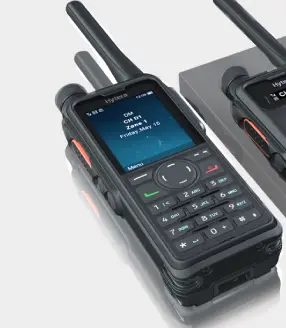
DMR Two-Way Radios
DMR Two-Way Radios

DMR Repeaters and Systems
DMR Repeaters and Systems
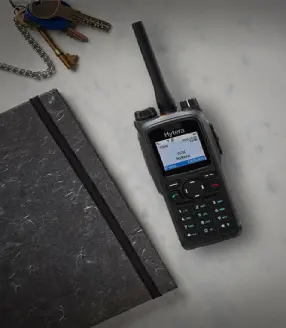
TETRA Two-Way Radios
TETRA Two-Way Radios
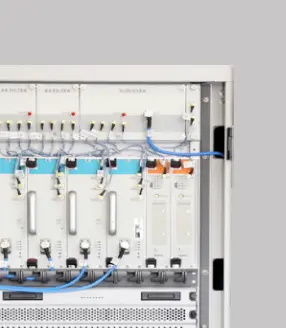
TETRA System
TETRA System
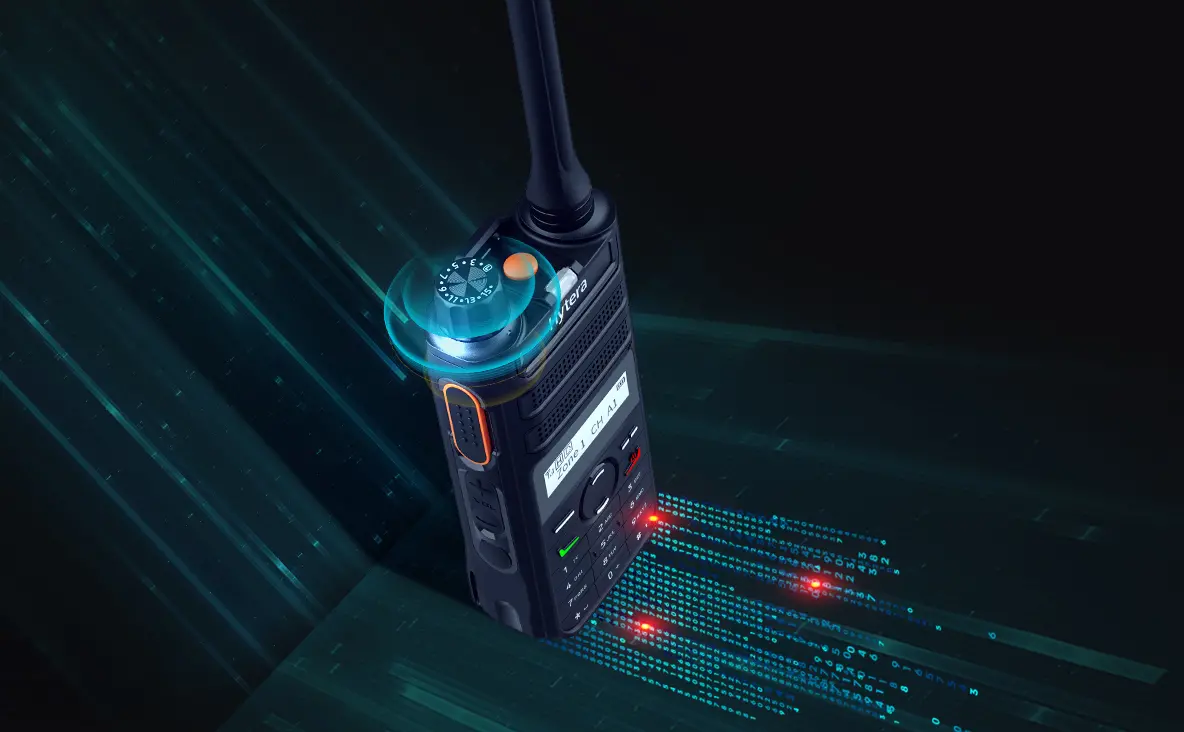
Analogue Two-Way Radios
Analogue Two-Way Radios



